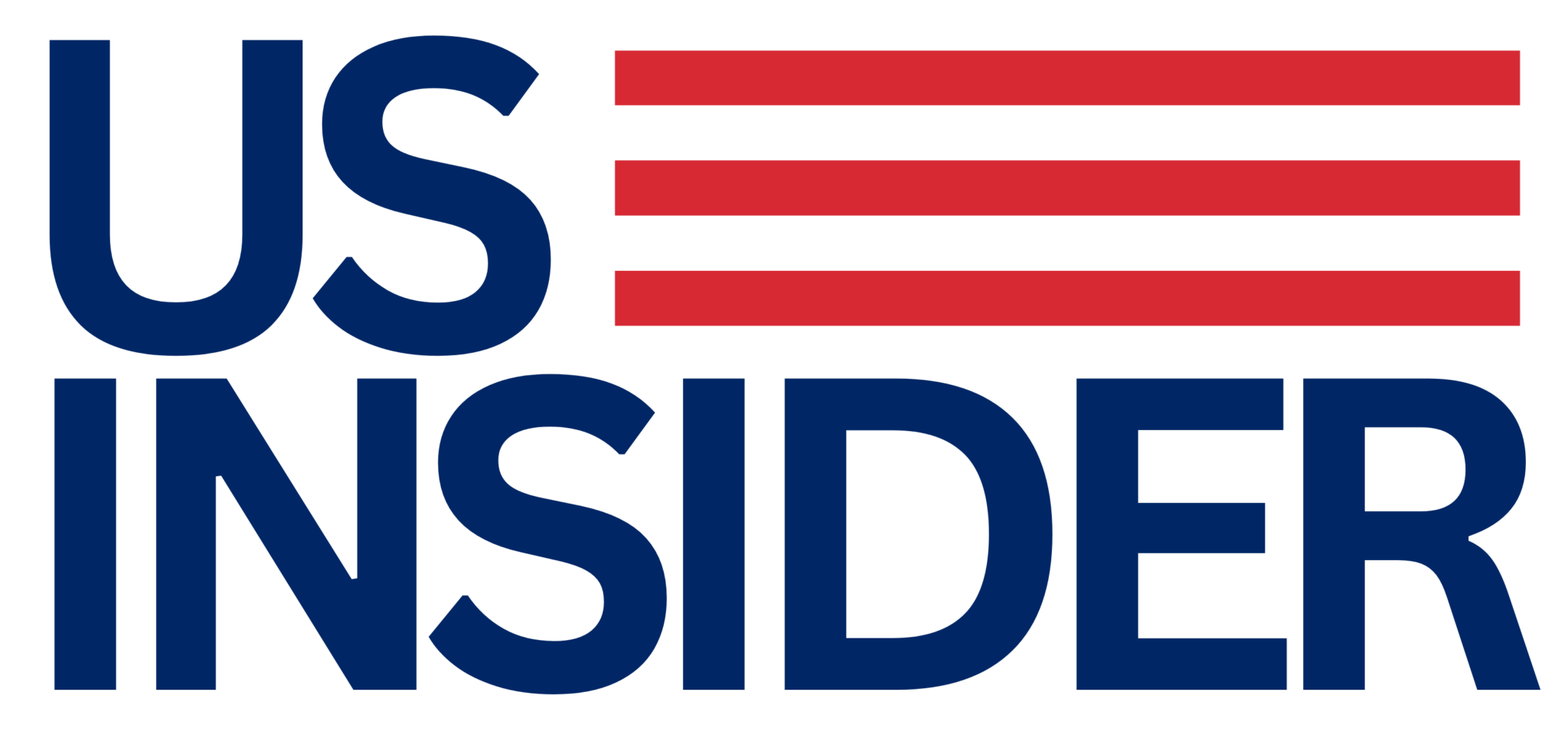Nowadays, the electrification of personal transportation is accelerating at a rate that even its most enthusiastic proponents could not have imagined a few short years ago. In several nations, government requirements will expedite progress. According to Facts and Factors, the Global Electric Vehicle (EV) Market is expected to surpass $980 billion by 2028, expanding at a CAGR of 24.5% from 2022 to 2028.
In this pursuit, Lithium is one of the most critical elements in electric vehicle (EV) batteries, but worldwide supplies are in short supply due to the increasing demand for EVs. Overall, Lithium supply faces issues not just because of rising demand but also because resources are concentrated in a few locations, and more than half of current production occurs in regions with significant water stress. So far, Lithium prices have grown by over 400% in 2022.
In this vein, George Miller, an analyst for Benchmark Mineral Intelligence (BMI), maintains that “If new lithium doesn’t start coming to market, we might start to see electric vehicle production rates hamstrung by a lack of raw material supply.”
What Drives the Expansions of the EV Market?
Public awareness campaigns encouraging the usage of electric cars and a rise in the number of electric vehicle production facilities have aided the growth of the electric vehicle industry. After delivering a record-breaking 6,6 million electric cars in 2021, worldwide sales of electric vehicles increased gradually in 2022. In the first quarter of 2022, 2 million electric cars were sold, a 75% increase over the same time in 2021.
Concerns about pollutants from conventional combustion engines have increased demand for electric cars, which has benefitted the worldwide market for electric vehicles. Electric cars utilise low-emission technology, which contributes to reducing greenhouse gas emissions and settling other environmental issues. In several respects, including motors, battery capacity, as well as other electrical components, an electric vehicle exceeds a conventional internal combustion engine car.
Uncovering the Demand for Lithium
APC noted the demand for both conventional and extended-range varieties of EVs, but the scarcity of lithium supply necessitates a change in emphasis to “sufficient range” cars with suitably sized battery packs. Despite considerable advances in energy density, battery size expansion continues.
In addition, the concentration of important components of the supply chain in a small number of countries poses an additional threat to the future of lithium-ion batteries. Two nations refine most Lithium into the chemicals required to manufacture battery components. Chile produces lithium carbonate from evaporated saltwater brine and exports 66% of the world’s supply. China generates the majority of the remainder by a different method: processing lithium carbonate from spodumene ore, which is mostly imported from Australia. In addition to being utilised in electrolytes, lithium carbonate is processed into lithium hydroxide, a crucial component of cathodes. China exports more than half of the world’s lithium hydroxide.
Furthermore, the trend toward bigger battery packs parallels the rising demand for larger family cars, such as SUVs. OEMs now provide completely electric variations with a range of about 300 miles on a single charge, and 100kWh batteries are increasingly popular in certain luxury models. Bigger batteries need more Lithium, and the report’s results indicate that if automakers continue to provide larger cars and vans to fulfil consumer demands, they should investigate alternative powertrains, such as hydrogen fuel cells, to ensure sustainable lithium consumption.
•According to the International Energy Agency (IEA), the world might see lithium shortages by 2025, while Credit Suisse believes demand could triple between 2020 and 2025, resulting in “supply constraints.” Furthermore, IEA estimates that around 2 billion EVs must be on the road by 2050 for the world to achieve net-zero emissions. However, EV sales amounted to just 6.6 million last year, and several automakers have already sold out.
Challenges with Increasing the Supply of Lithium
In theory, the world’s lithium reserves are enough to fulfill the anticipated increase in demand for the mineral. On the other hand, this presupposes that all of the reserves can be put into production and that each one is of a quality suitable for use in batteries, both of which are very improbable scenarios.
Therefore, it is not a question of whether or not there is sufficient Lithium on earth to satisfy demand; rather, the question is whether or not the industry can pump sufficient Lithium into the supply chain in time to fuel the boom. Lithium mining operations were halted due to previously bad market circumstances, which effectively prevented more capacity from being brought online.
Another emerging challenge is to lower the number of metals required for EV battery extraction. Depending on the battery and vehicle model, a single lithium-ion battery pack (of the NMC532 type) may comprise around 8 kilograms of Lithium, 35 kg of nickel, 20 kg of manganese, and 14 kg of cobalt, as reported by Argonne National Laboratory. Nevertheless, most analysts do not predict a shift away from lithium-ion batteries shortly since their price has fallen so substantially that they are likely to remain the dominant technology for the foreseeable future.
Bottom Line
Lithium-ion batteries have emerged as a highly sought-after commodity as the foundational technology for electric vehicles. This has elevated Lithium to the position of being the first link in a lengthy supply chain that will assist the world in accomplishing its climate objectives. One thing is becoming abundantly evident as the EV revolution enters full gear: the world needs more Lithium.
Nonetheless, the EV industry is still relatively in its infancy, so innovations in battery technology or production processes may still be on the horizon. Future advancements in battery technology or production techniques might someday ease certain lithium shortages.
ABOUT RON BAUER – THESEUS CAPITAL – www.thescapital.com
Ron Bauer has over 20 years of experience as a venture capitalist, business mentor, and author. He focuses on the Life Sciences, Technology, EdTech, and Natural Resources sectors, where he has developed a number of fascinating initiatives alongside some of the top businesspeople, scientists, and academic institutions in the world. Ron graduated from the University of Cambridge with a Master of Business Administration (MBA) degree.
Ron was the Co-Founder of Turkana Energy, which merged with Africa Oil in 2009. After Tullow successfully drilled Turkana’s oil concession, the company went on to raise more than $1 billion in stock, reaching a peak market value of over $3 billion Canadian. Ron is a principal investor in many biotech, tech and natural resources companies.





